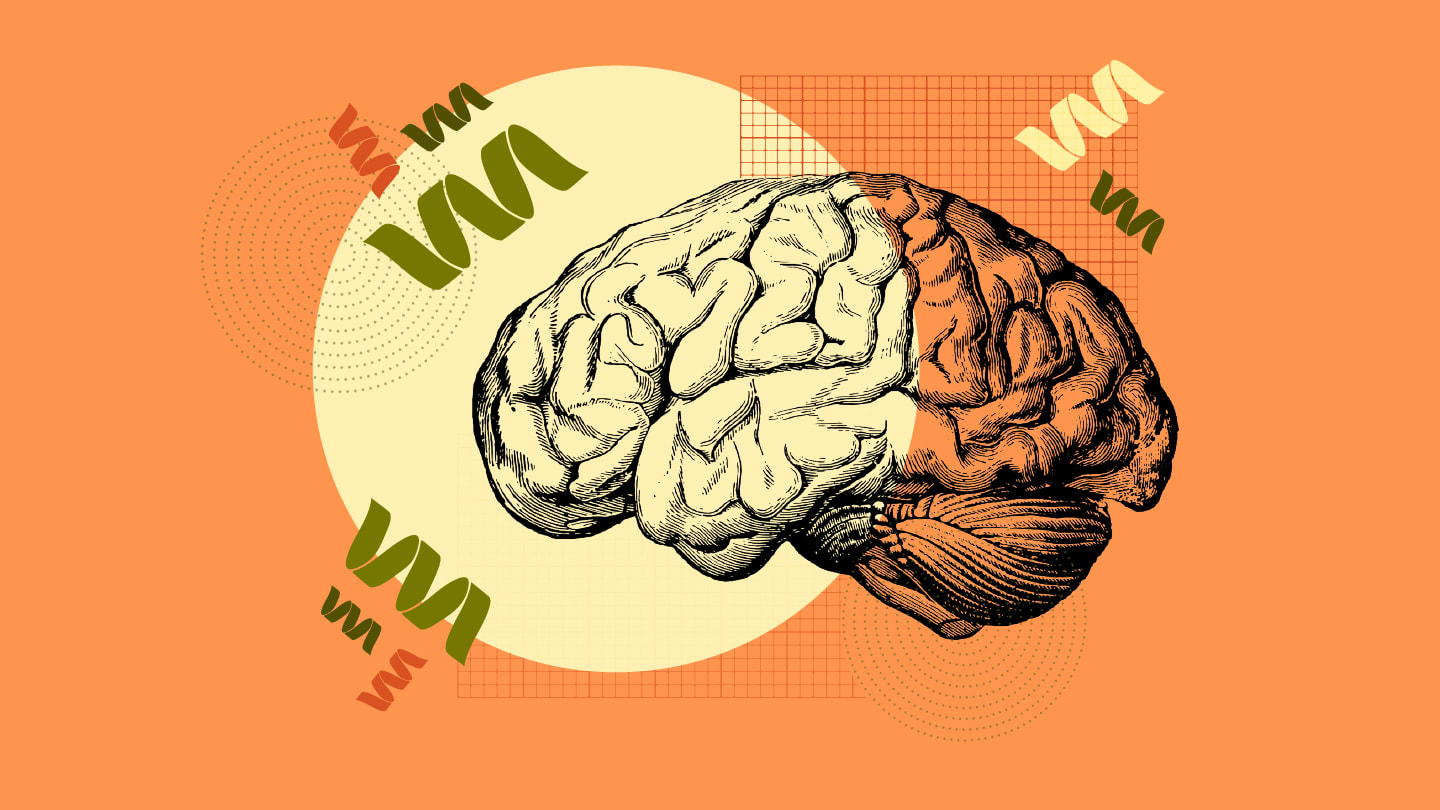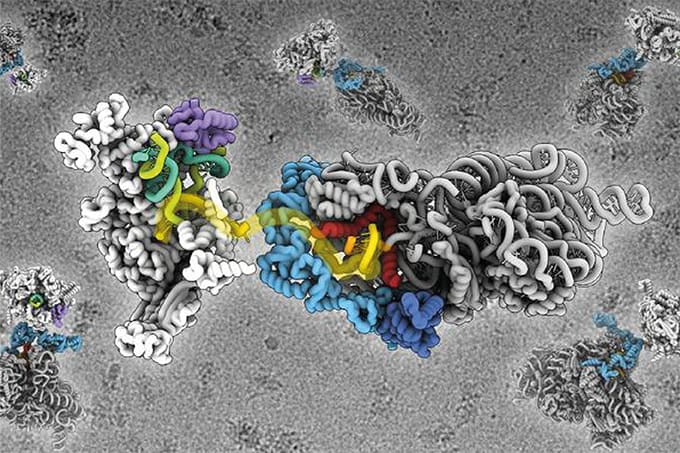The widely studied amyloid and tau aggregates linked to Alzheimer’s disease may represent only a fraction of the protein misfolding that occurs in aging brains, according to a new study. Using limited proteolysis mass spectrometry (LiP-MS), researchers at Johns Hopkins University identified over 200 proteins with altered structures in the brains of cognitively impaired rats – proteins that do not form visible plaques, yet may contribute to memory loss and neurological decline.

The study, published in Science Advances, analyzed hippocampal tissue from 2-year-old rats, a model of advanced age. While some animals performed poorly in memory and problem-solving tasks, others remained cognitively intact. The researchers used LiP-MS to compare the CA1 subfield of the hippocampus between these groups, probing more than 2,700 proteins for conformational differences. They identified 214 “cognition-associated structural changes” (CASCs) – proteins that were significantly misfolded in impaired rats but not in their high-performing peers. These proteins spanned a range of functional categories, including translation, synaptic transmission, and protein degradation pathways.
“Amyloids are just the tip of the iceberg,” said senior author Stephen Fried, assistant professor of chemistry at Johns Hopkins, in a recent press release. “We're seeing hundreds of proteins misfolding in ways that don't clump together into an amyloid and yet still seem to impact how the brain functions.”
To further investigate these changes, the team subjected the misfolded proteins to chemical denaturation and refolding assays. CASCs were significantly more likely to be nonrefoldable, suggesting that their native structures had been lost irreversibly in aged, cognitively impaired brains.
Unlike conventional proteomics approaches, which focus primarily on protein abundance, the team’s LiP-MS method enabled them to detect subtle structural alterations across thousands of proteins. By comparing protein conformations in cognitively impaired and unimpaired aged rats, they were able to pinpoint the structural changes linked specifically to memory loss, rather than to aging alone.
“We think there are a lot of proteins that can be misfolded, not form amyloids, and still be problematic,” said Fried. “That suggests these proteins have ways of escaping the cell’s surveillance system.”
The team now plans to visualize CASCs at higher resolution to better understand the molecular deformities and their impact on cellular function. “Understanding what’s physically going on in the brain could lead to better treatments and preventive measures,” Fried added.




